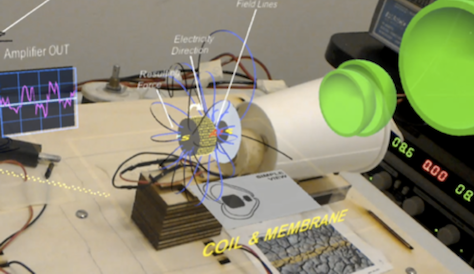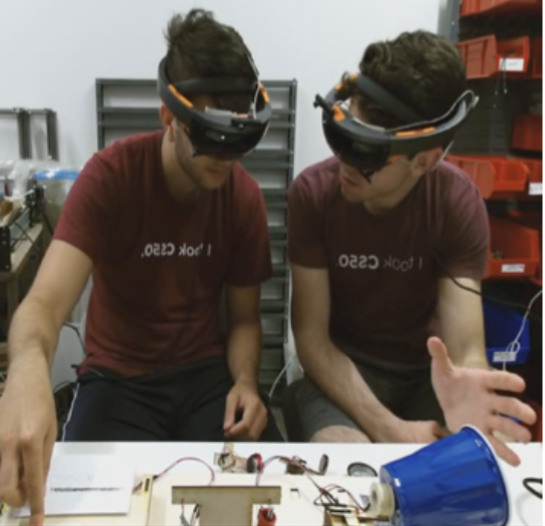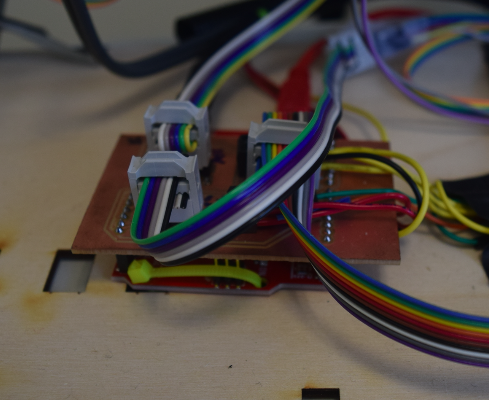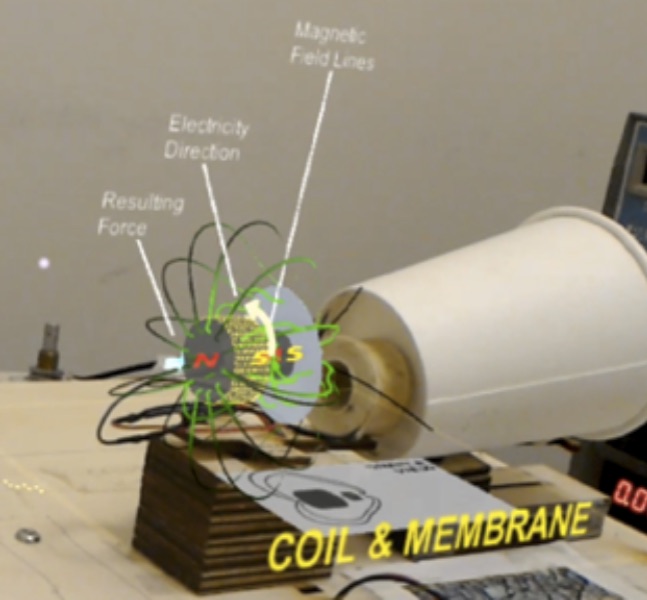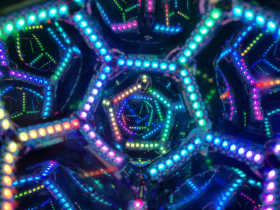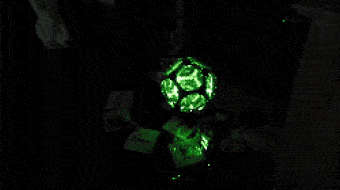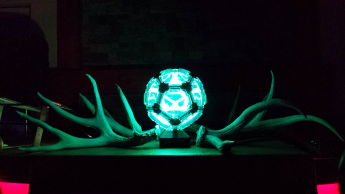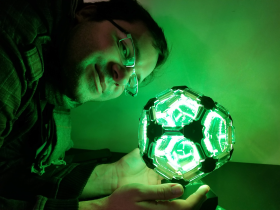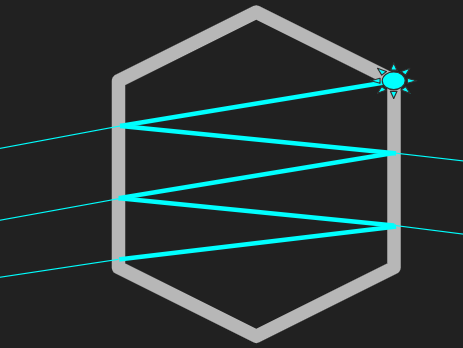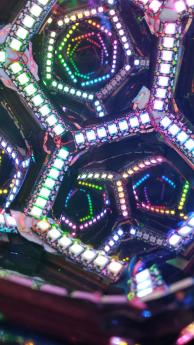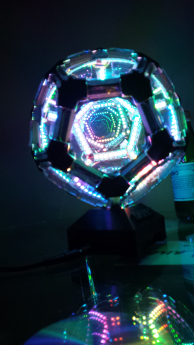Portfolio :: Main Projects
|
AR Speaker: Enhancing Learning of STEM Maker Spaces Through Augmented Reality |
||||
|
Purpose: Postdoctoral Research Lead UX Researcher, Lead Software Developer Development: Topics: augmented-reality electronics internet of things cognition interaction techniques mixed methods user studies |
|
This project explores how a new generation of maker spaces can be enhanced by augmented reality technologies, to create learning environments that enable making with understanding. Maker spaces and digital fabrication labs are synergistic environments where people learn STEM hard skills as well as 21st century soft skills such as collaboration, creativity, problem solving, etc. Maker space activities often involve multiple interrelated physical phenomena (e.g. the flow of electricity, the interaction of magnetic fields, the movement of air pressure waves, etc). In this project we use Microsoft Hololenses to show the invisible phenomena involved in audio-producing speakers. The research involves qualitative and quantitative analysis of collaborative learning captured through a variety of multimodal sensors (Kinect body sensors, physiological bracelets, eyetrackers). Creation of this system involved hardware and software development (C++, C#, Unity3D, Arduino, Raspberry Pi, Python, Hololens). 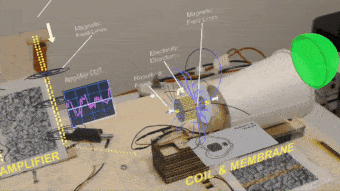
Images : |
||
|
LightNode: Trapping Light Inside a Dodecahedron |
|||
|
Purpose: Curiosity and Fun
Development: Topics: electronics education |
|
This is a personal curiosity project. I was interested to see what happens if light is trapped inside a spherical object. Using one-way mirrors which reflect 80% of light, light is trapped inside this dodecahedron, a 3D version of a flat infinity mirror . This object is sound-reactive and internet controlled. I used laser cutters to shape the edges, 3D printed the custom-designed dodecahedron nodes, used a vinyl cutter to ease the wiring, and programmed the electronics (Arduino / C++, Raspberry Pi / Node.JS). Given away as a gift.
|
|
